During physical activity, there is no doubt our bodies need carbohydrates, protein and fats (i.e the macronutrients), as well as vitamins and minerals (i.e the micronutrients) to energize us.But let’s not forget the importance of hydration!
Staying hydrated is often overlooked; our bodies require more than nutrients and energy, it also needs water to maintain your water balance andelectrolytes to maintain your fluid balance. Here, we will tell you all you need to know about your water balance, staying hydrated and what happens if you are dehydrated.
Maintain Your Water Balance
Because of how water makes up about 60% of your body weight, it definitely plays a HUGE role in helping your body go about your day to day activities. Here are a few tasks the water in your body fluids are responsible for:

To carry out all of these tasks to keep you on your feet, your body actively maintains an appropriate water balance. If your body experiences a water imbalance, it is quick and smart to adjust your water intake or excretion. However, you still need to play an active role in ensuring your body does not experience too much of an imbalance; this is why staying hydrated and drinking enough fluids is very important.
Consequences of Dehydration
Unless you’ve just crushed a training session and are dripping in sweat, you may not realize just how easy it is for your body to lose fluids. Fluid loss can happen even when you’re breathing out.Water loss is, however, important for your body because it helps excrete the waste products your body accumulates.Without knowing, you can lose an average of 2.5 litres of water.
Now, it is important to top off your water loss by drinking enough water. If your body is dehydrated, it fails to function optimally. We have all experienced dehydration before and luckily, our bodies have quick feet to help us overcome it before dehydration reaches severe levels. For example, thirst is the first sign of dehydration.
When you experience thirst, your body is holding up a sign saying “I need water now!”. If you ignore your thirst cues, dehydration will progress and it can quickly lead to weakness and exhaustion.
How to Hydrate Before, During and After Exercise
By now you’ll realize that athletes will experience different water loss rates and have more water needs. Like your nutrient needs, your body’s water needs are very personal. The general recommendation set is if you expend 2000 calories a day,you will need to consume 2-3 litres of total water.Total water includes drinking water and water in foods and other beverages as well.
Recommendations for athletes who are very physically active or who train in hot environments will need to intake more water than the average person. Endurance athletes can lose 1.5 litres of fluid per hour of activity. This means “hydration, hydration, hydration” should be chanted in your head before, during and after your next training session.
Here are our recommendations:
BEFORE:Staying hydrated before you start your training session is just as important as during and after. Drink 500-750mL of water 2-3 hours before you crush those miles! This equates to 2-3 cups of water. To ensure optimum hydration, drink another 250-500mL of water 15 minutes pre-exercise.
DURING: During your training session, your body is losing water through sweat and breathing out. Keeping your body hydrated means you will want to drink 125-250mL of water every 15 minutes. If your training session lasts less than 1.5 hours, you will want to make sure you are drinking 0.5-1.0L of fluid each hour. For sessions longer than 1.5 hours, you will also want to add on electrolytes to replenish your water and electrolyte balance.
AFTER:Rehydration is one of the 3 main aspects of recovery. Athletes target rehydration to replace fluids lost in their sweat. If you know your hourly sweat rate, you’ll thrive in knowing just how much fluids to replace! If you don’t, you can calculate ithere. As a general rule, drink 500mL (2 cups) of water per 0.5kg of body weight lost.
If you need a quick, on-the-go reminder, check out our hydration schedule:

After a taxing training session or competition, endurance athletes can opt for a carbohydrate-containing drink to replenish their lost water, electrolytes and glycogen stores.
Ensuring you are properly rehydrated is an important step in preventing heat stress, particularly heat cramps. You can read more about how to prevent crampshere.

If you are looking for the complete hydration and muscle recovery fuel, try ourNäak ULTRA Recovery Protein Powder!All you need to do is add one scoop of this plant-based or cricket-based protein powder into 400mL of water. Both your water balance and muscle glycogen will be restored! Not to mention, with 24g of complete protein and 4g of branched-chain amino acids (BCAAs), your muscles will thank the kick start in recovery for a stronger you tomorrow!



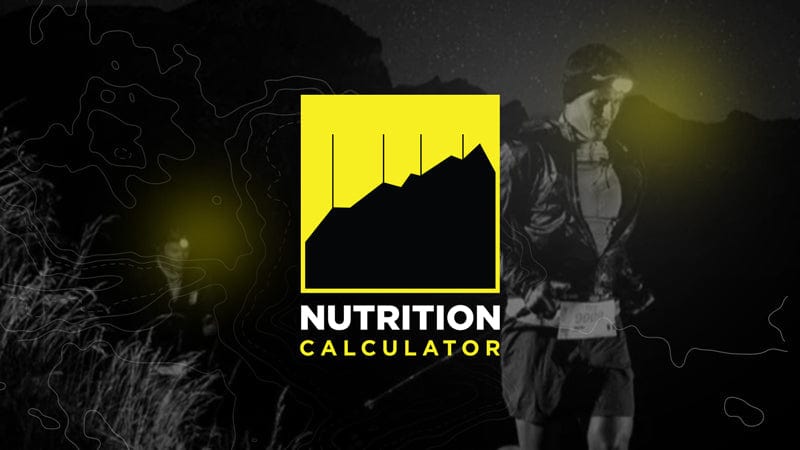
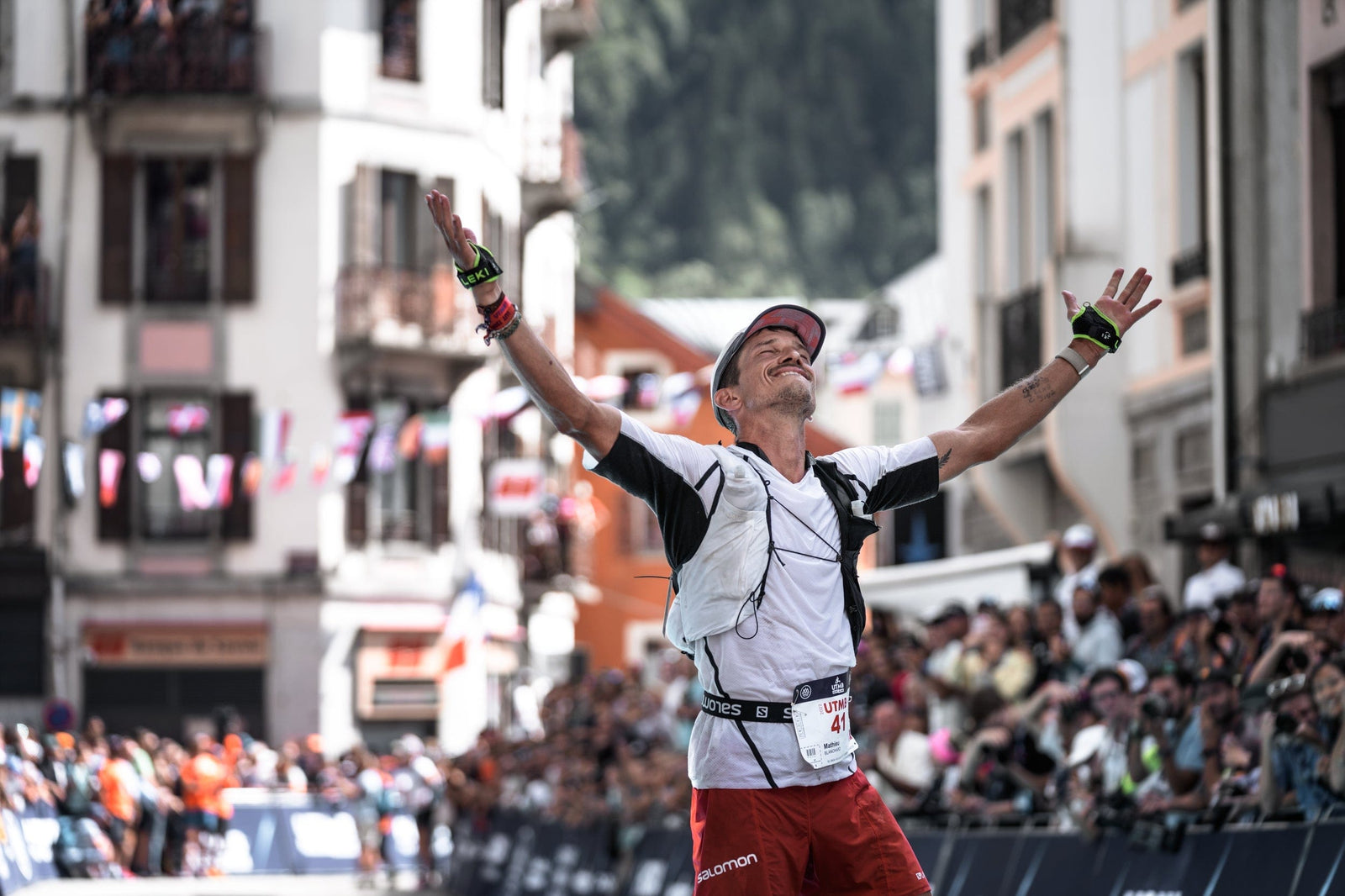




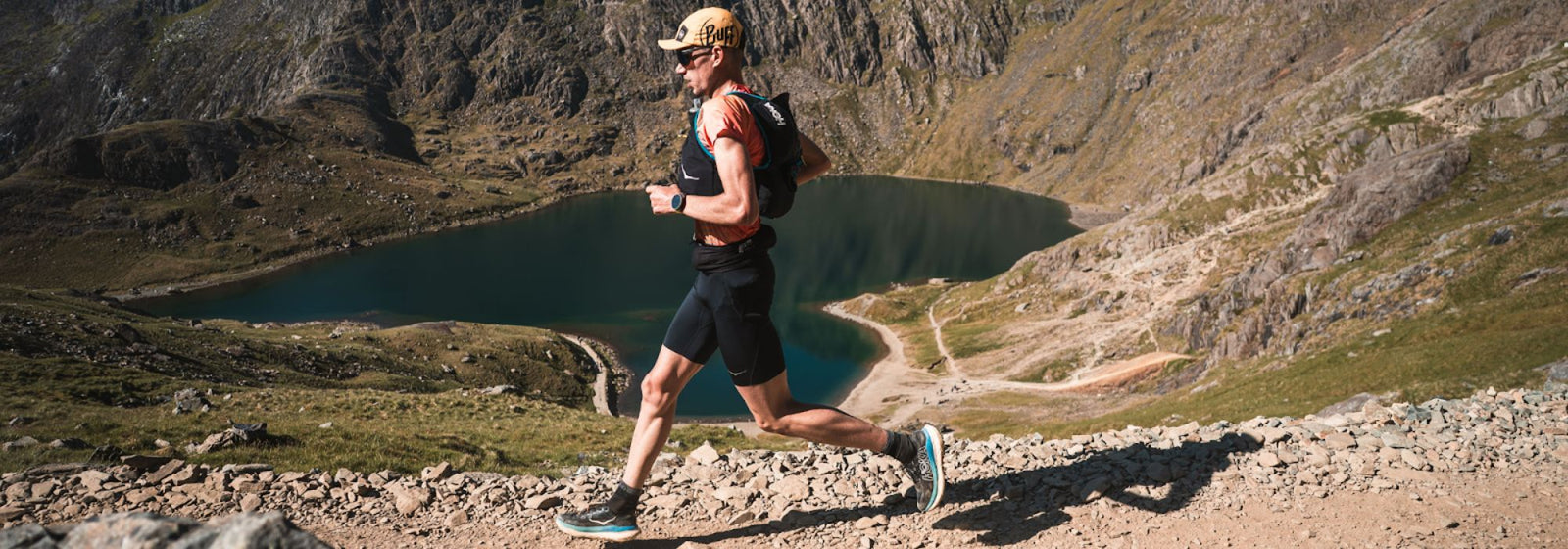



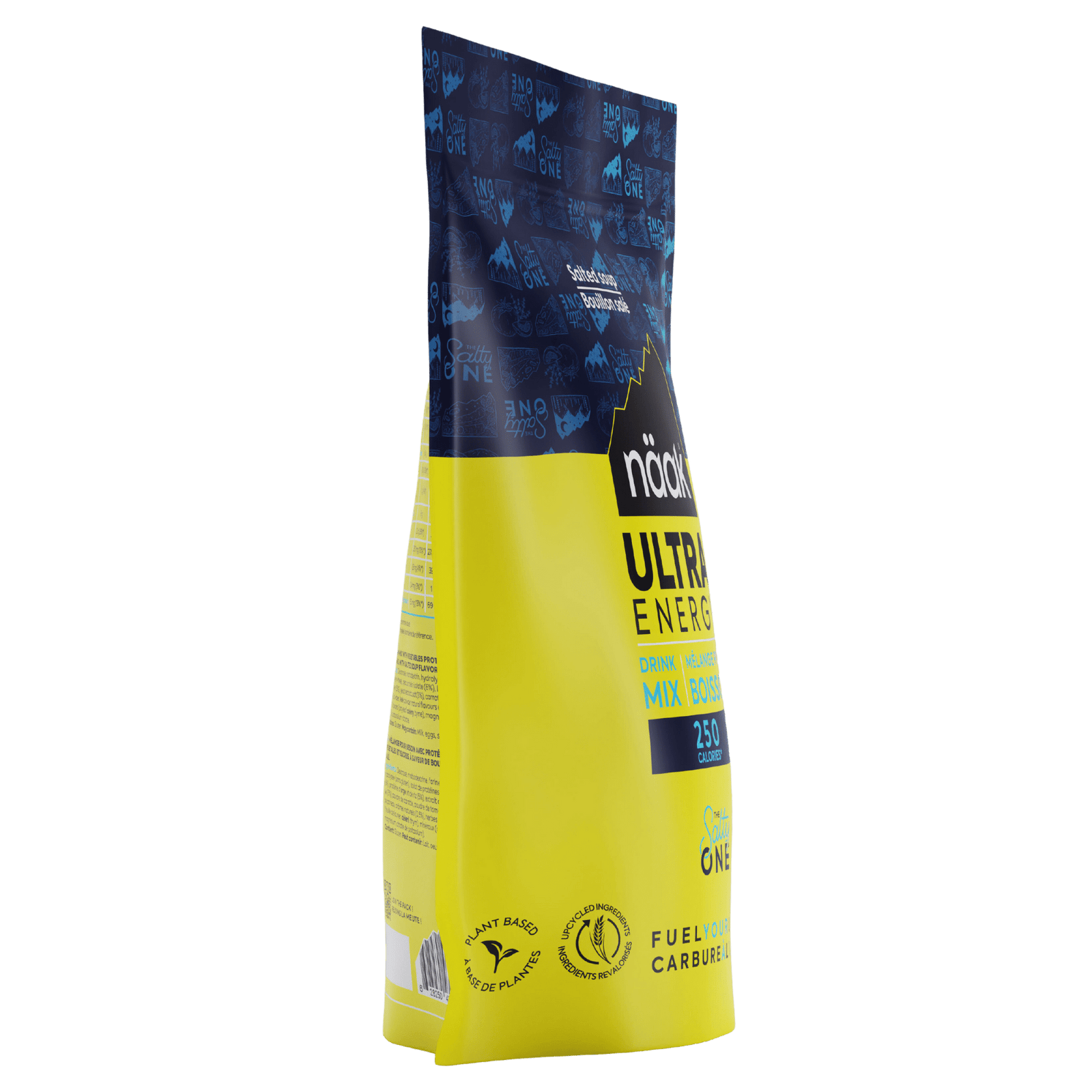
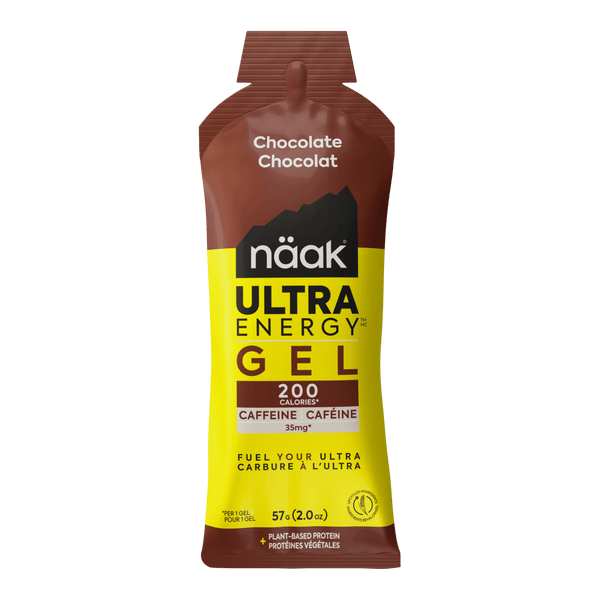
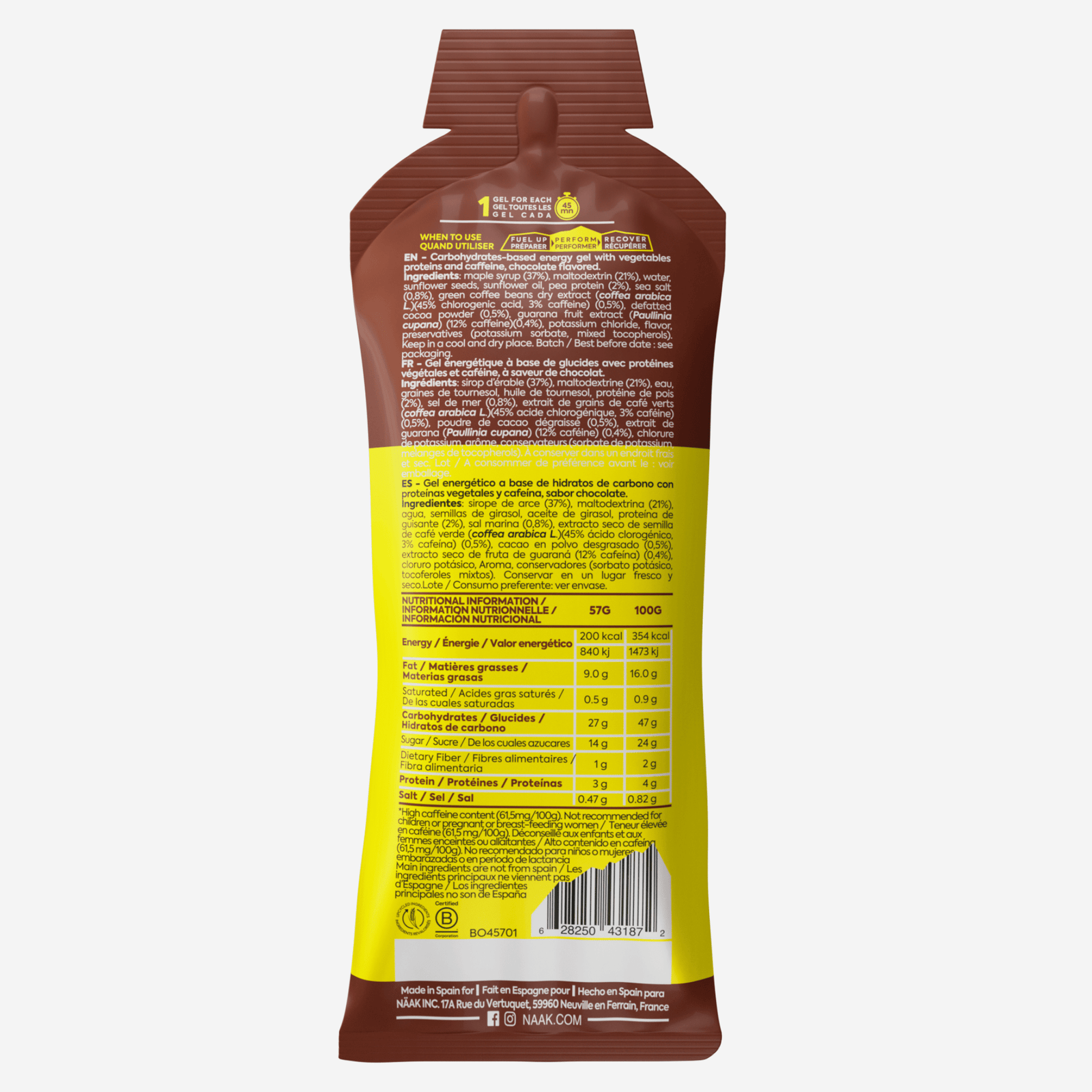
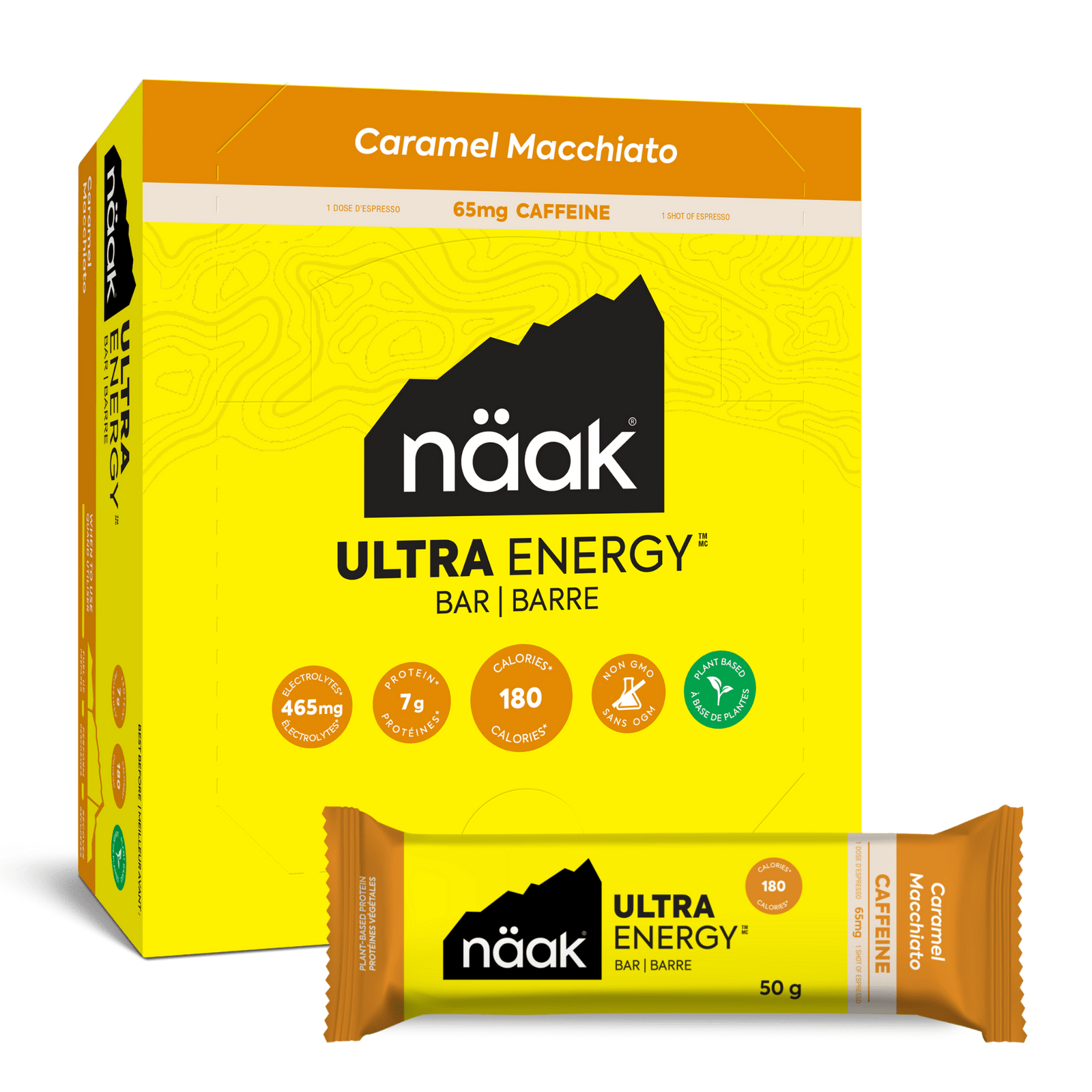
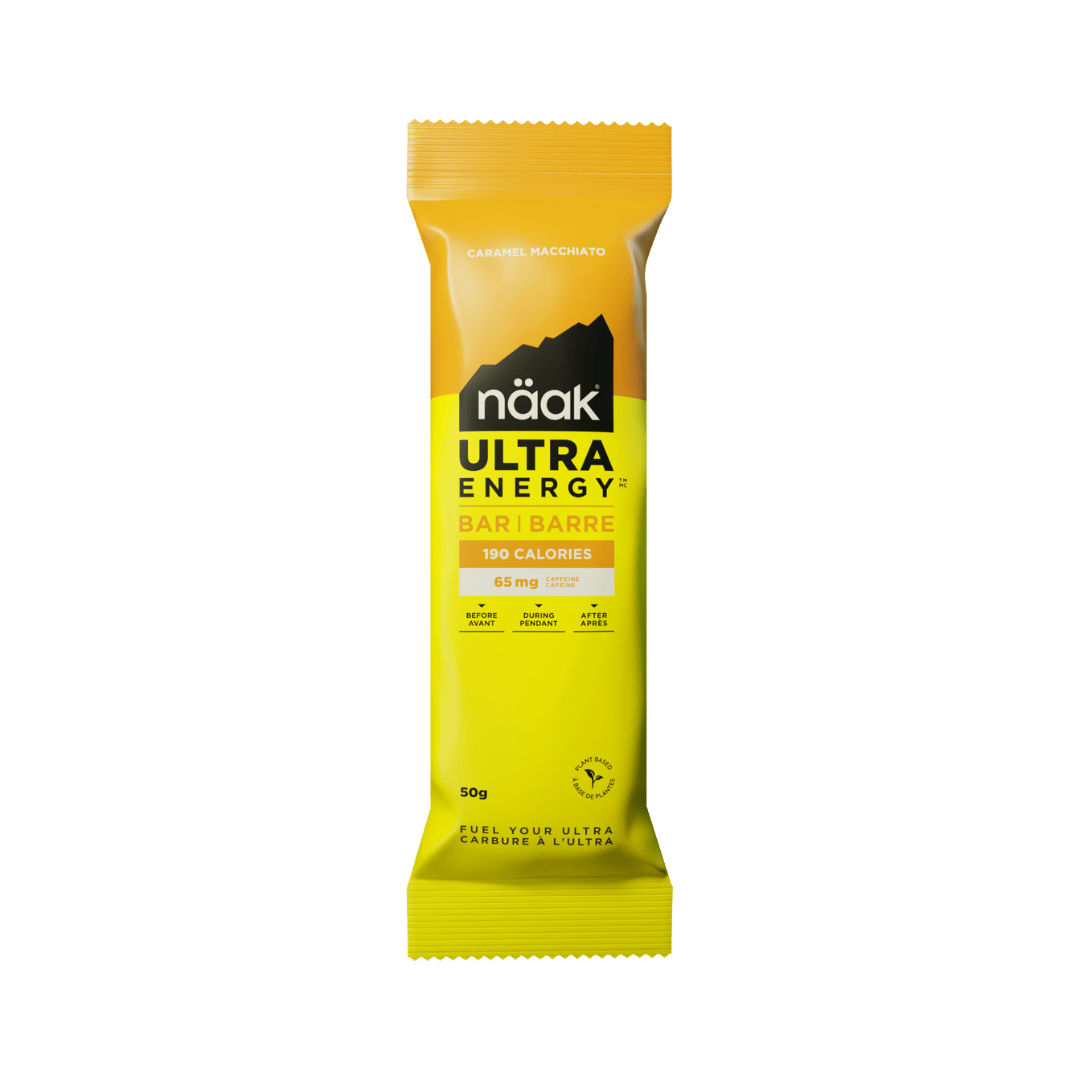
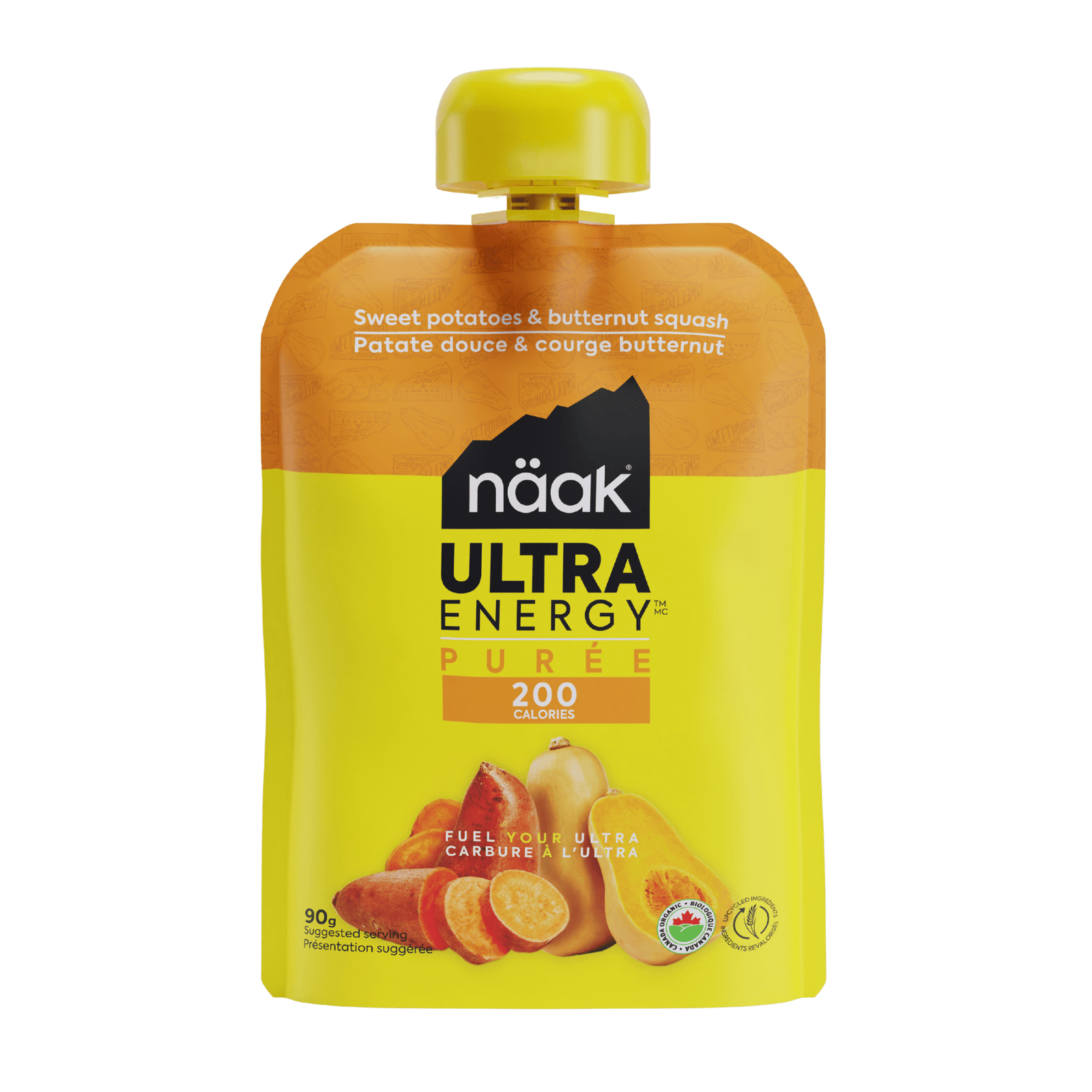
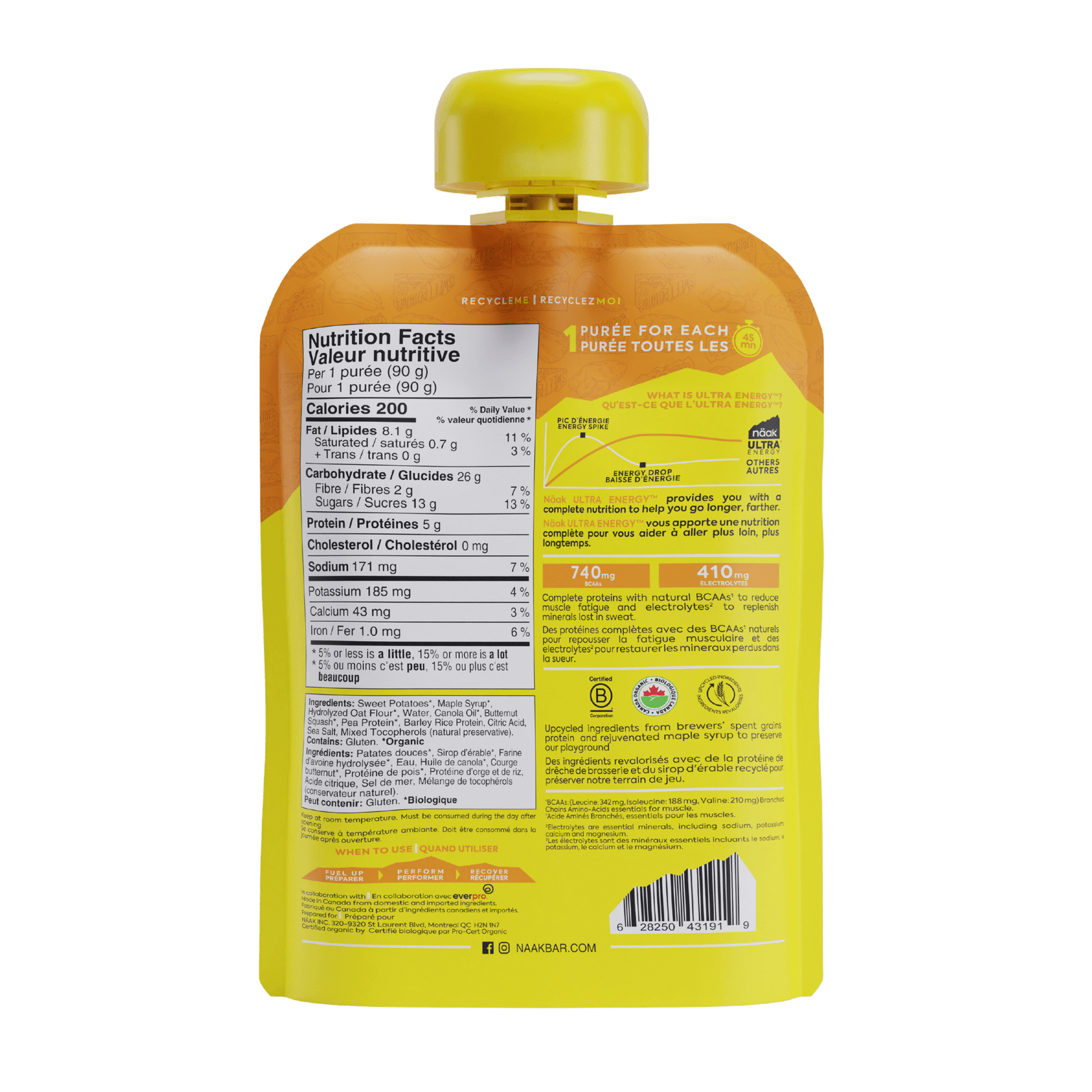
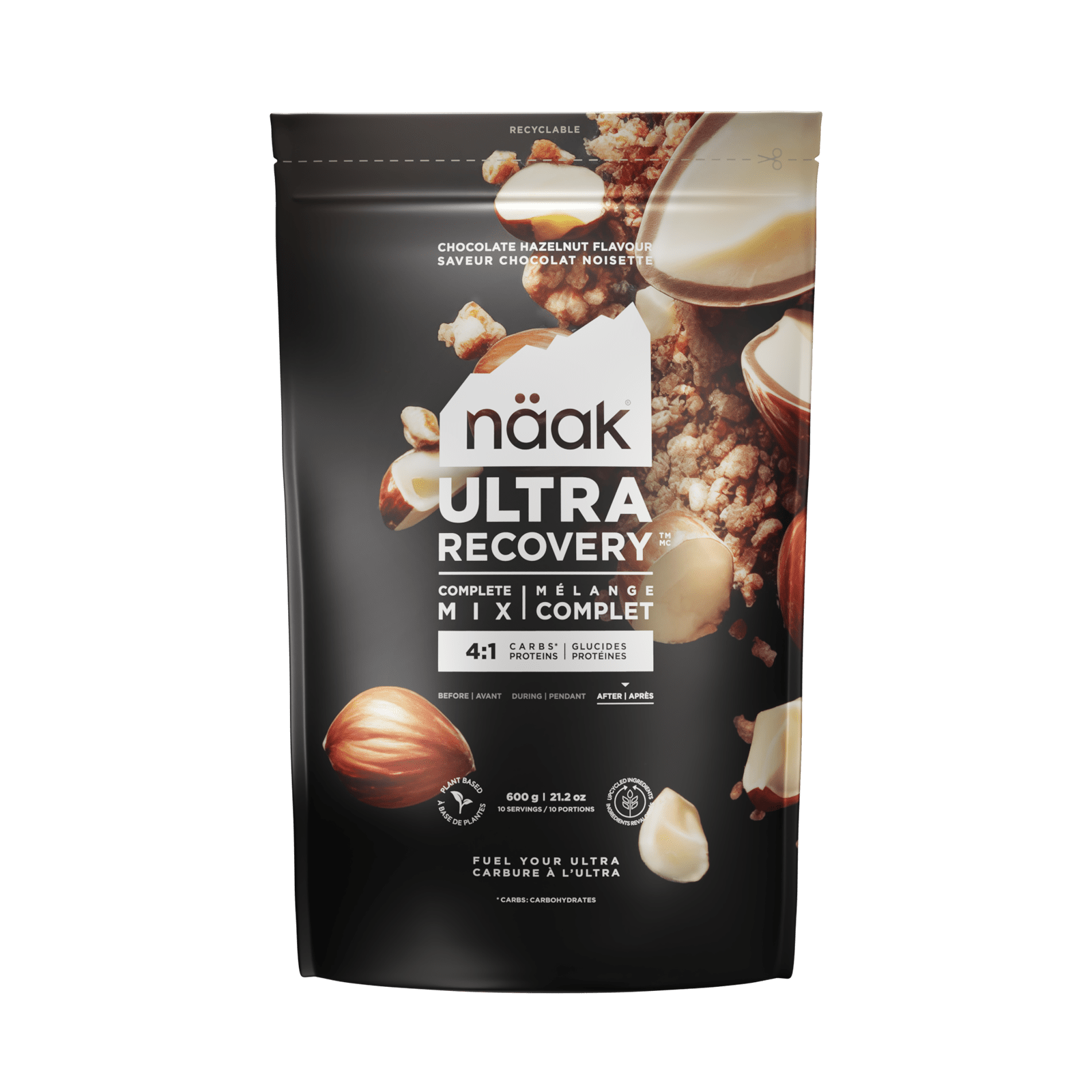

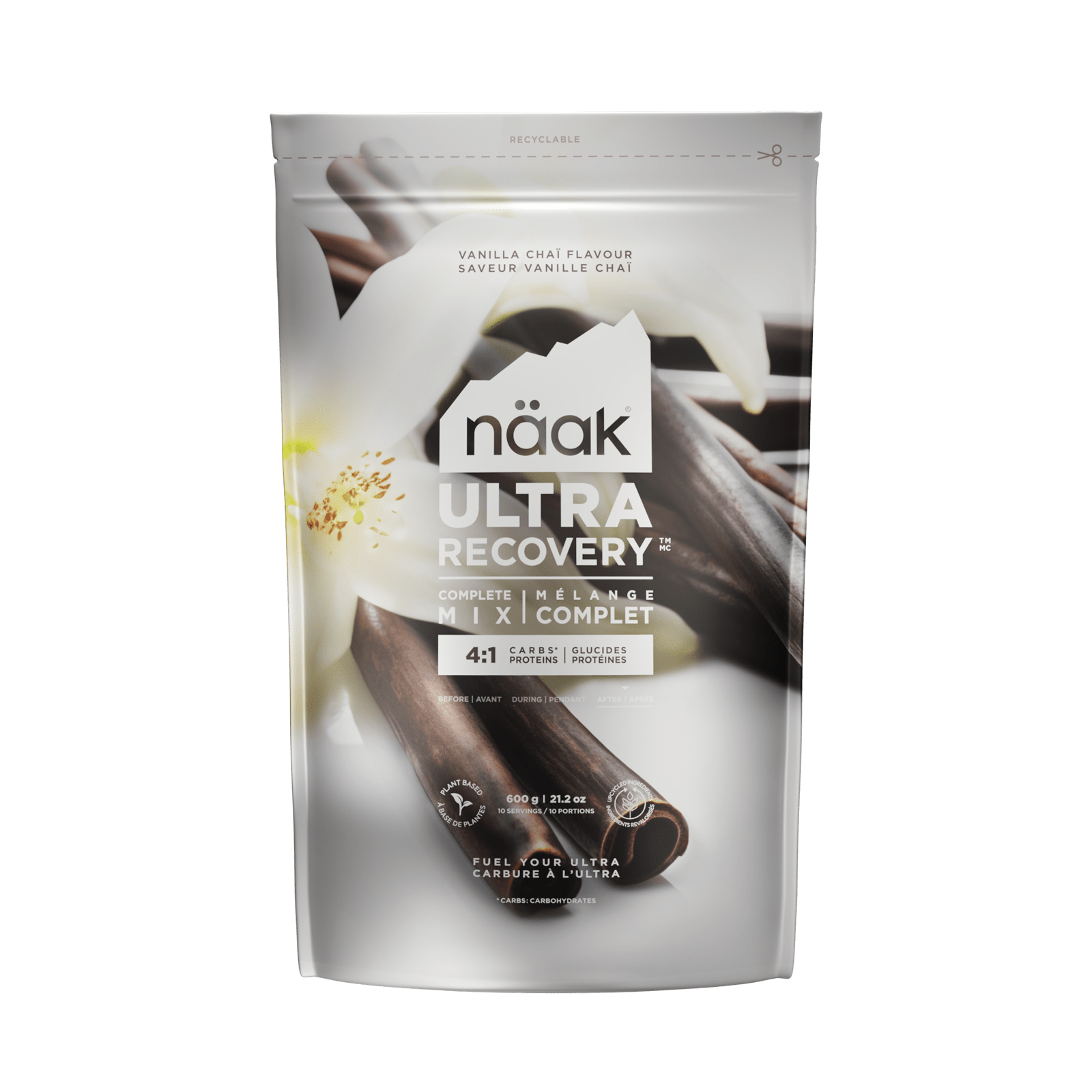
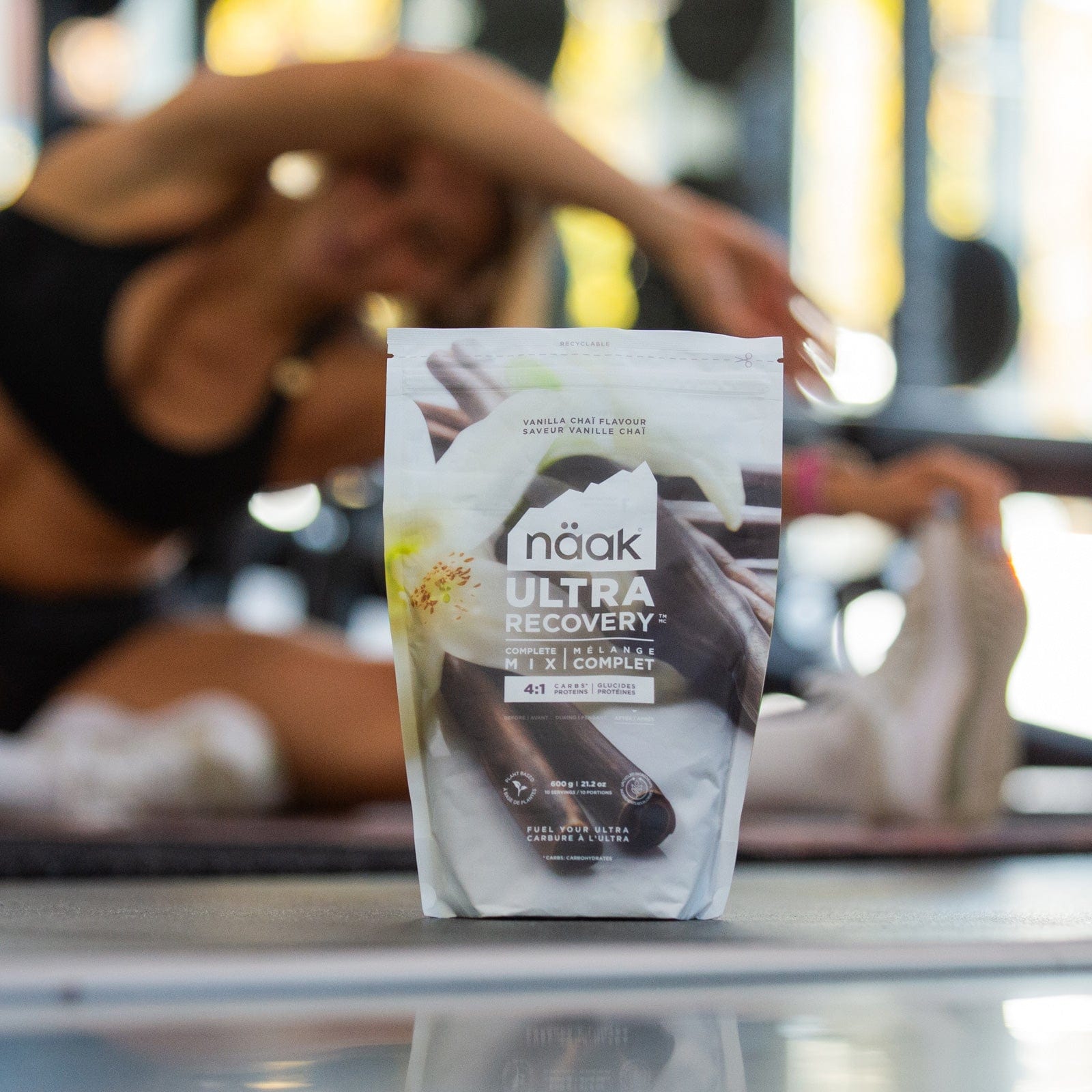
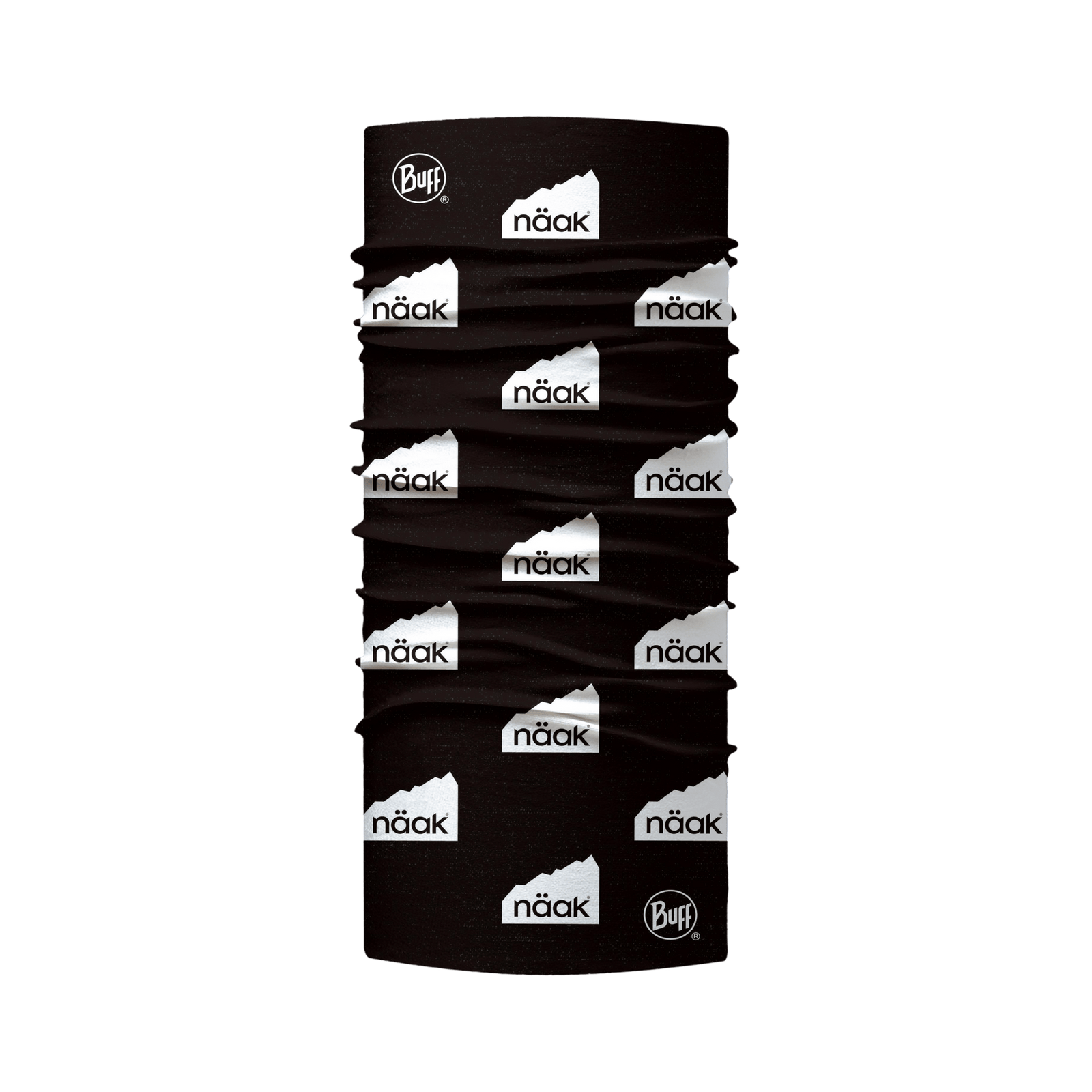
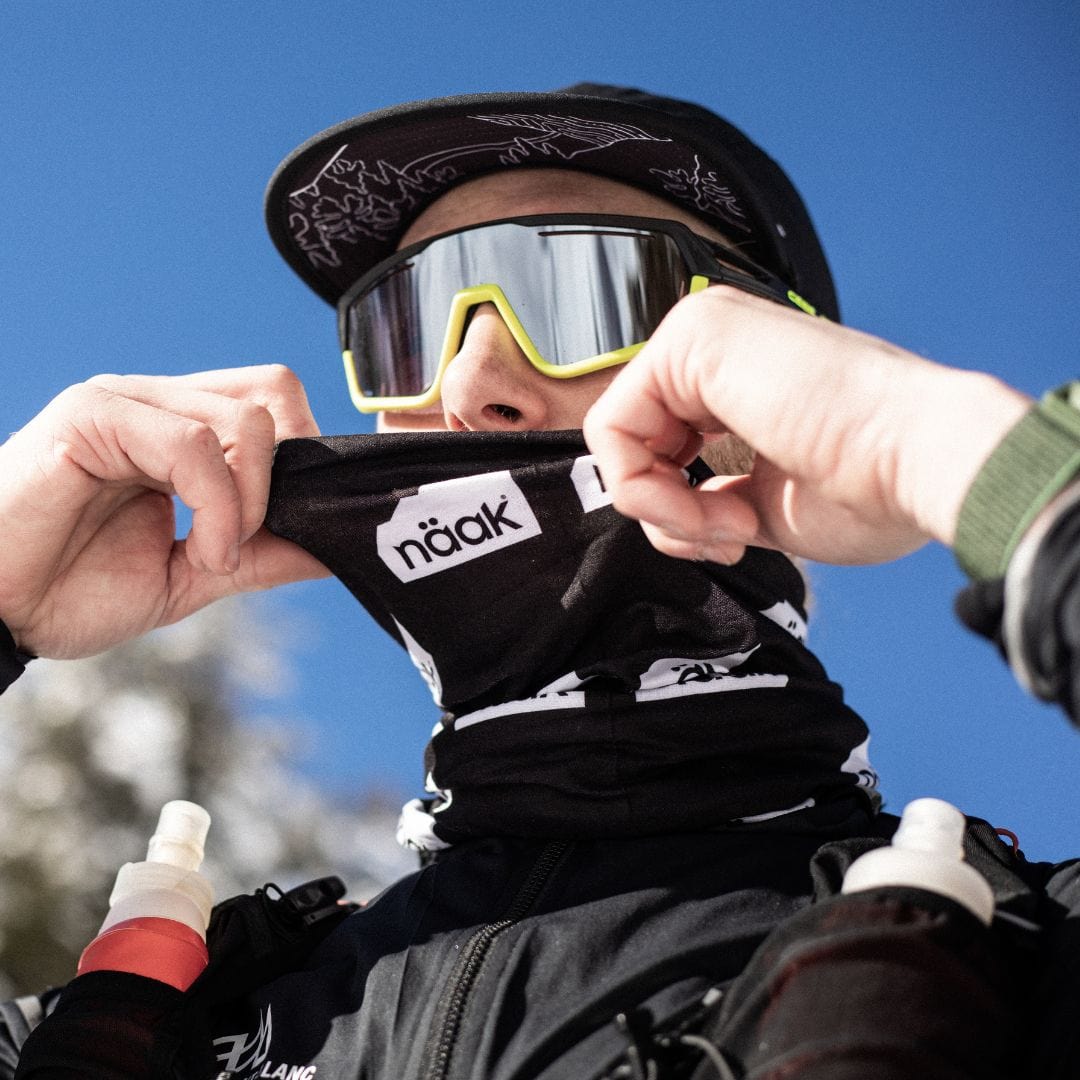
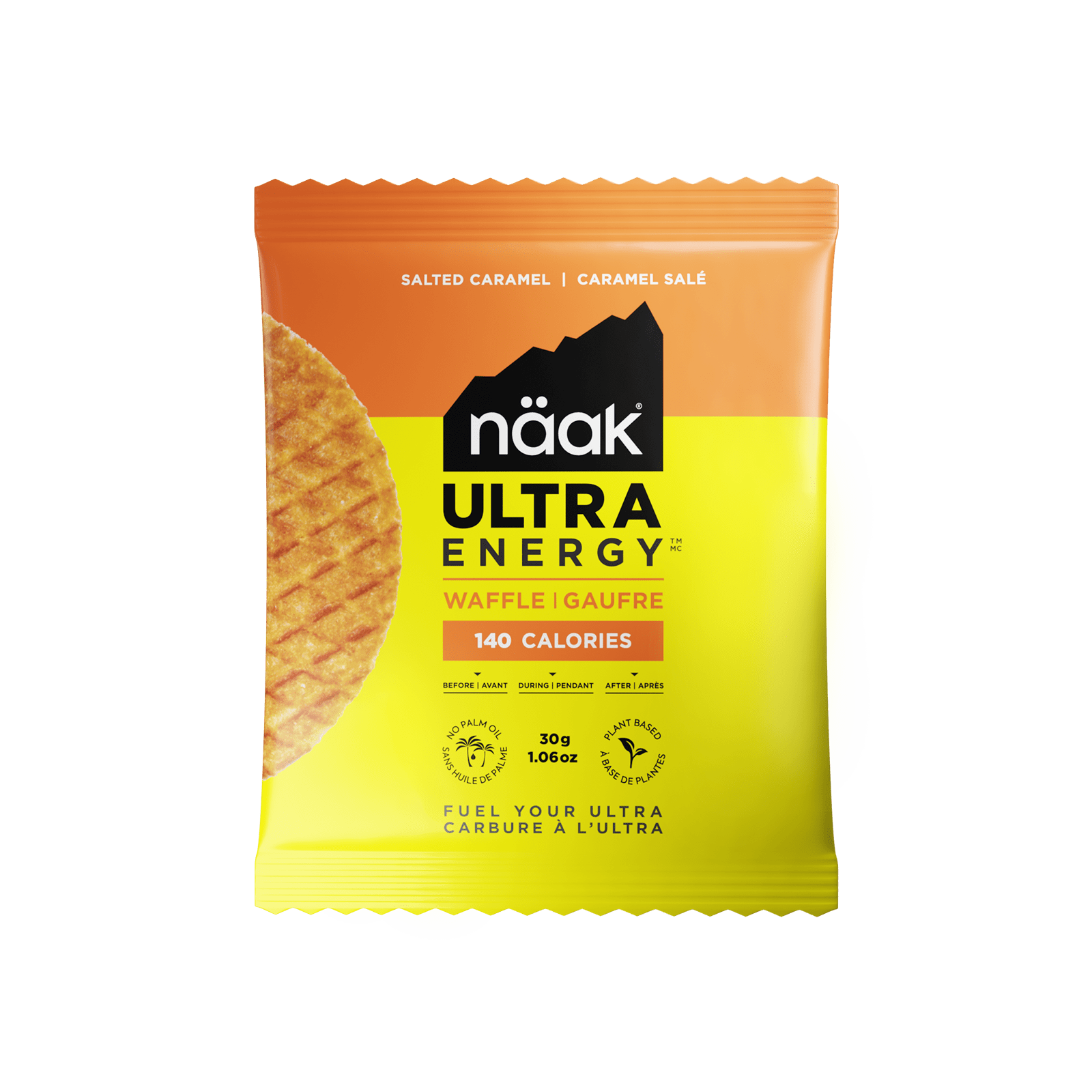
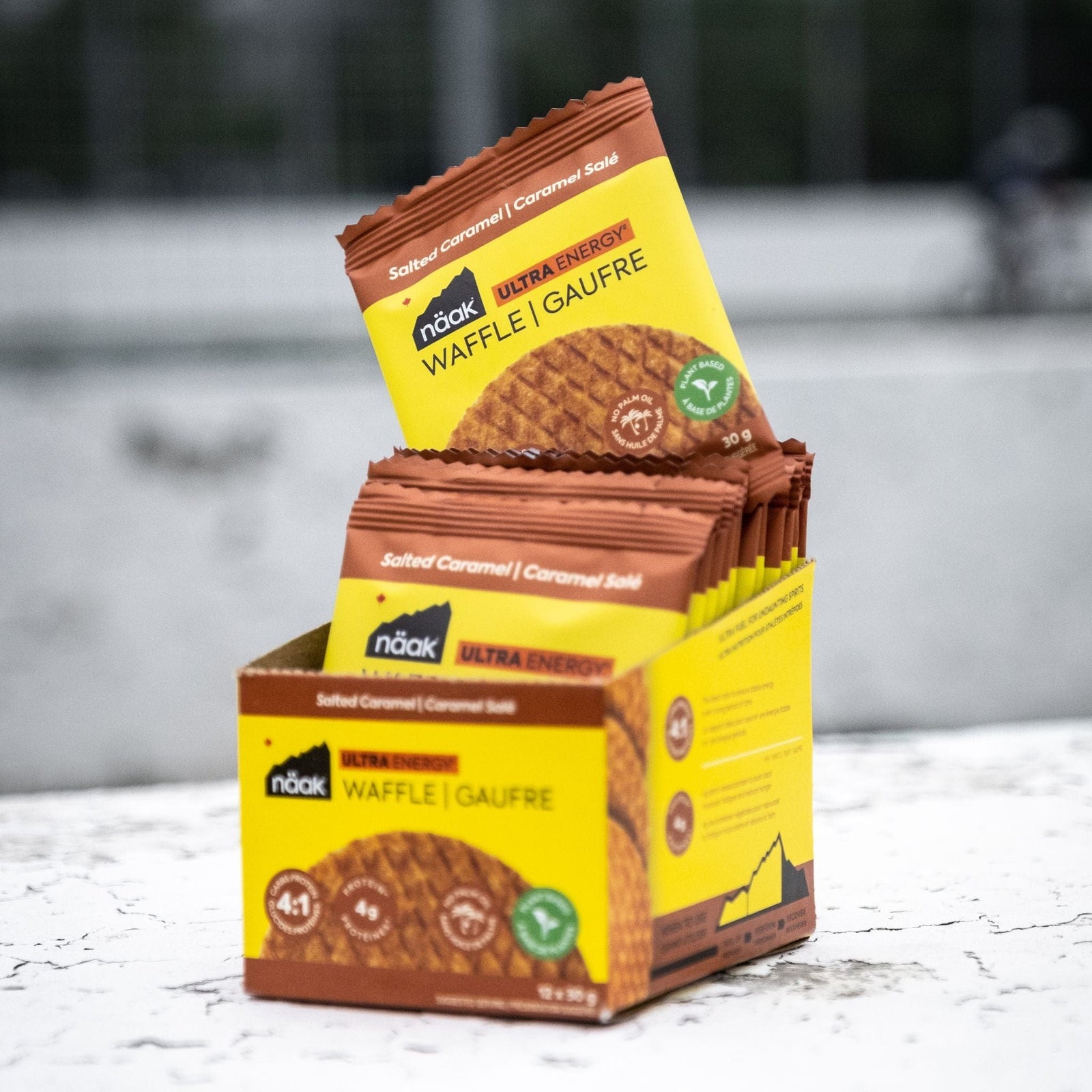


Laisser un commentaire